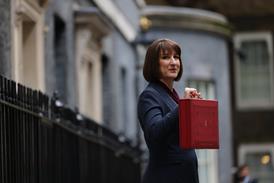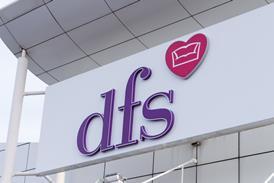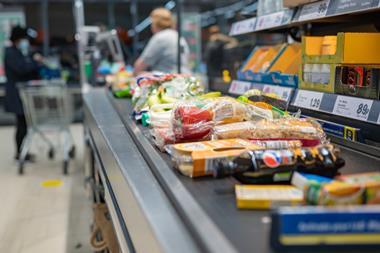The survey found that Tesco's chosen system was the most difficult to understand. Only 37 per cent of those asked by the consumer group were able to correctly interpret the colour coding used on Tesco products. Almost all (97 per cent) could identify and compare the recommended nutrient levels on products that used the FSA-recommended traffic-light system.
Tesco food labels use colour coding to show the types of nutrients contained, rather than the levels of nutrients.
The FSA traffic-light system uses red, amber and green to indicate levels of fat, saturated fat, sugar and salt.
Some 73 per cent of the 636 people surveyed said they found companies using different labelling methods confusing and that retailers should adopt one consistent scheme.
Asda, Waitrose, Sainsbury's and The Co-operative Group have all adopted the traffic-light system. Marks & Spencer will also adopt the scheme, but put the nutrition guides on the back rather than front of its packaging.
Big manufacturers - such as Unilever, PepsiCo and Kraft - have rejected the traffic-light system in favour of GDA displays.
A Tesco spokeswoman said: 'While we understand that traffic lights may give a simpler initial impression, customers have told us that our system is more useful in taking practical steps towards a healthier diet. We were the first company to put nutritional labels on our products over a year ago. Since then, many other well-known brands and retailers have also decided to use a GDA-based system.'
The supermarket said it trialled the traffic-light system in 2004, but customers found it confusing. For example, both cola and apple juice would be colour-coded amber for sugar, which led to shoppers ignoring the information.




























No comments yet